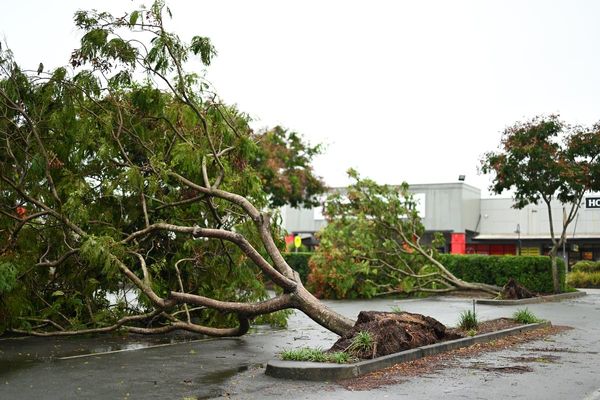
The grain sector fell 2.69% in Q2 2023, while the overall commodity asset class edged only 0.21% higher. Over the first sixth months of this year, grains fell 6.54%, underperforming the asset class, which posted a 1.79% loss. While soybeans, soybean oil, oats, and rice prices moved to the upside in Q2, corn, the three wheat futures, and soybean meal prices declined.
As the grains head into the second half of 2023, prices remain elevated compared to the pre-2022 levels, and the supply-demand balance sheets are tight as Europe’s breadbasket continues to be a warzone.
Soybeans rise- Soybeans products were mixed
Soybeans were the only agricultural of the three top grain and oilseed futures markets to increase in Q2.

The monthly chart highlights soybean futures’ 3.44% Q2 gain. Nearby CBOT soybean futures settled at $15.5725 per bushel on June 30, 2023, and were 2.50% higher than the closing level at the end of 2022.
Meanwhile, soybean oil, a crush product, outperformed the raw oilseeds with a 17.16% gain, while soybean meal futures were down 10.03% in Q2. Over the first half of 2023, the oil and meal were up 1.88% and down 12.38%, respectively.
Corn falls
Nearby CBOT corn futures were the worst-performing member of the grain sector in 2023’s second quarter.

As the monthly chart illustrates, corn futures for nearby delivery fell 16.05% in Q2 and were 18.28% lower over the first six months of this year. Nearby corn futures settled at $5.5450 per bushel on June 30, near the lowest price in 2023.
Three wheat futures decline- The KCBT versus CBOT spread remains elevated
The CBOT soft red winter wheat, KCBT hard red winter wheat, and MGE spring wheat futures all posted around 8% losses in Q2.

The chart highlights the 8.09% loss in the CBOT soft red winter wheat futures market in Q2 and the 19.67% decline over the first six months of 2023. CBOT wheat futures settled at $6.3625 per bushel on June 30 after trading at a record high in 2022.
Meanwhile, KCBT wheat fell 8.72% in Q2 and was 9.77% lower over the first half of this year. Nearby KCBT wheat futures were at $8.0125 per bushel on June 30. The KCBT premium over CBOT futures was $1.65 per bushel, significantly above the long-term average of a 20-30 cents per bushel premium. The high spread level indicates consumer supply concerns and significant hedging of wheat requirements as the war in Ukraine continues. Russia and Ukraine are leading wheat-producing countries.
MGE spring wheat futures moved 7.90% lower in Q2 and were 12.12% lower from the end of 2022 through June 30, 2023. Nearby MGE wheat settled at $8.25 per bushel on June 30.
The other grains posted gains
Oat and rice futures moved to the upside in Q2. Nearby oats rose 3.57% and were 2.72% higher over the first half of 2023. The nearby oat futures settled at $3.7725 per bushel on June 30.
Rough rice futures rose 3.67% in Q2 and posted a marginal 0.03% gain from the end of 2022 through June 30. Rough rice futures settled at $18.055 per hundredweight at the end of Q2.
The second half of 2023 poses challenges and the potential for price volatility
Over the coming weeks, the weather and acreage allocations will determine the path of least resistance of the agricultural products that feed, and increasingly power, the world. In a sign that prices could become highly volatile, the late June soybean acreage report was a “shocker” as it came in at 83.5 million acres for the beans compared to trade forecasts of 87.7 million acres. Soybean futures exploded higher after the report.
Moreover, as the war in Ukraine continues, and Russia and Ukraine, Europe’s breadbasket, remain battlefields, it pressures other producers to compensate for crop losses. If crop yields are not at bumper levels during harvests, we could see price spikes to the upside. Meanwhile, rising energy prices could put upward pressure on corn, the leading input in U.S. ethanol production.
Grain prices go into the second half of 2023 at elevated levels compared to the past years. Geopolitics and the weather will determine the path of least resistance of prices over the coming months and years. Grain prices were mostly lower in Q2 and over the first half of 2022, but that does not mean they will not come storming back later this year.
On the date of publication, Andrew Hecht did not have (either directly or indirectly) positions in any of the securities mentioned in this article. All information and data in this article is solely for informational purposes. For more information please view the Barchart Disclosure Policy here.






